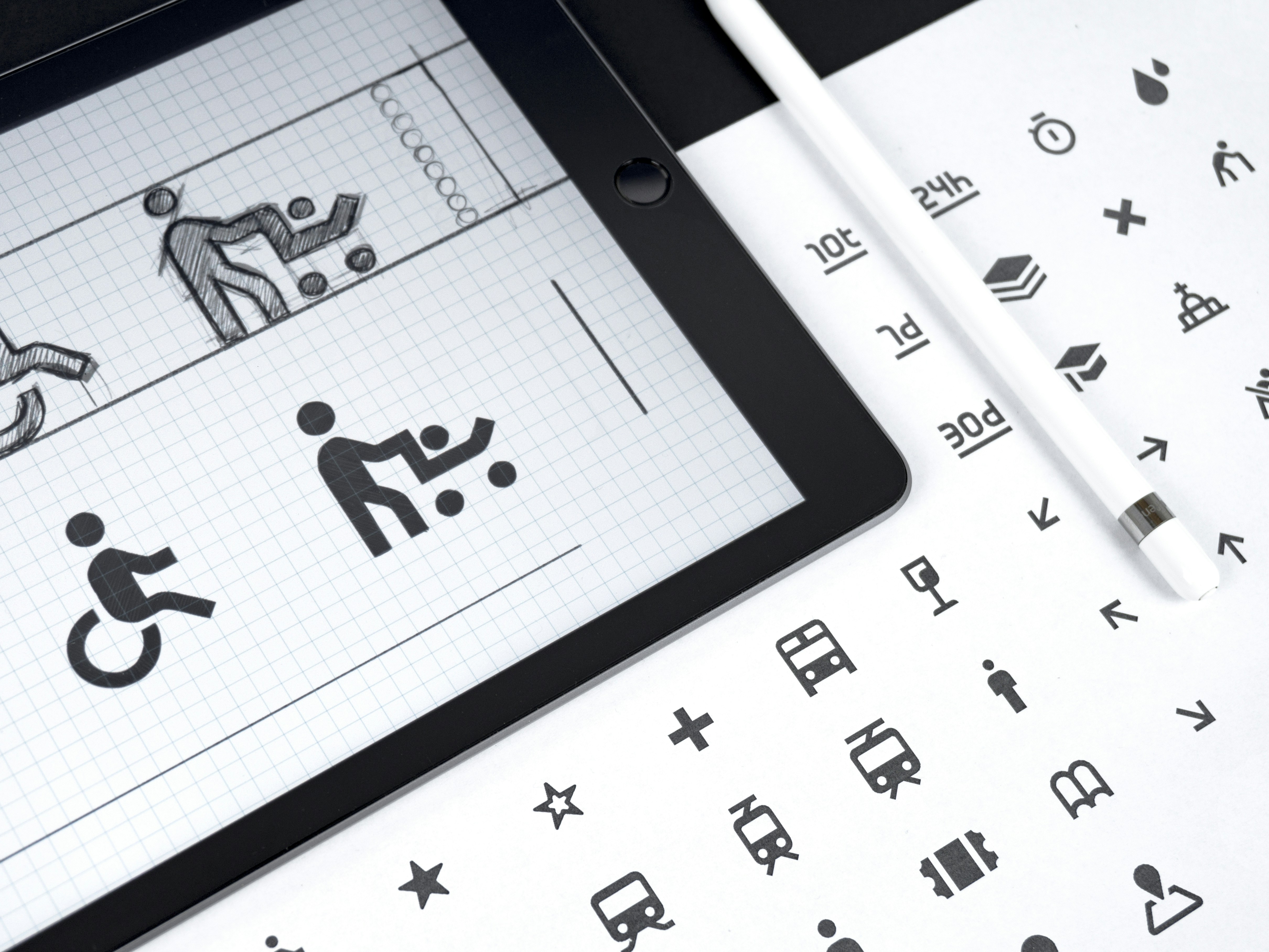
Introduction
In the realm of web development, icons play a pivotal role in enhancing user experience and interface design. Two popular libraries that have made their mark are Bootstrap Icons and Font Awesome. Both offer an extensive collection of scalable vector icons that can be customized to fit into any project seamlessly. However, they each come with their own unique features and differences which may influence a developer’s choice depending on the specific needs of a project. This article aims to provide an in-depth comparison between these two icon libraries based on seven key features: ease of use, variety and quality of icons, customization options, compatibility with frameworks, performance impact, accessibility features, licensing terms, and community support.
Ease of Use
When it comes to ease of use, both Bootstrap Icons and Font Awesome are relatively straightforward. Bootstrap Icons can be used as SVGs or in a web font format, allowing developers to choose the method that best suits their project. The icons can be easily implemented by copying the SVG source code from the official website and pasting it into your HTML file.
Font Awesome, on the other hand, provides three different methods for implementation: using a CDN link, downloading and hosting on your server, or using npm packages. While this offers more flexibility, it may also add an extra layer of complexity for beginners.
Variety and Quality of Icons
Bootstrap Icons and Font Awesome differ significantly in the variety and quality of icons they offer. Bootstrap Icons library contains over 1,300 free icons. The icons are simple, clean, and designed to work best with Bootstrap components, although they can be used in any project.
Font Awesome boasts a more extensive collection with over 7,000 icons available in its free version. It also offers a Pro version that includes additional styles and brand logos. The quality of Font Awesome’s icons is high, with detailed designs that can add a professional touch to your website or application.
Customization Options
Customization is a crucial aspect of icon libraries, and both Bootstrap Icons and Font Awesome offer various options. With Bootstrap Icons, you can change the color and size of the icons using CSS. However, it doesn’t support multi-color icons.
Font Awesome provides more advanced customization features. You can not only change the size and color but also stack icons, animate them, or even transform their shape. It also supports multi-color icons in its Pro version. This level of customization allows developers to create unique designs that align with their project’s aesthetics.
Compatibility with Frameworks
Bootstrap Icons, as the name suggests, is designed to work seamlessly with Bootstrap, one of the most popular front-end frameworks. However, it can also be used independently in any project.
Font Awesome’s compatibility extends beyond a specific framework. It works well with various front-end frameworks like Bootstrap, Foundation, AngularJS, and React. This wide-ranging compatibility makes Font Awesome a versatile choice for developers working on diverse projects.
Performance Impact
Performance is a critical factor in web development, and the impact of icon libraries on performance should not be overlooked. Bootstrap Icons, being SVG-based, are lightweight and have minimal impact on page load times.
Font Awesome’s performance can vary based on how it’s implemented. Using the CDN link for Font Awesome can increase HTTP requests, potentially slowing down your website. However, hosting the icons locally or using npm packages can mitigate this issue. Additionally, Font Awesome provides features like “tree shaking” to help reduce file size in projects.
Accessibility Support
Accessibility in web development is vital to ensure inclusivity for all users, including those with disabilities. Both Bootstrap Icons and Font Awesome prioritize this by offering supportive features. While Bootstrap Icons, being SVG-based, can be made accessible with alt text or aria-label attributes, Font Awesome automatically renders some icons invisible to screen readers via the aria-hidden="true" attribute and recommends methods for those needing descriptions. Although both libraries excel in accessibility support, Font Awesome’s automated features give it a slight edge in user-friendliness.
Licensing Terms
Understanding the licensing terms is essential when choosing an icon library. Bootstrap Icons are open-source and come under the MIT license, which allows free use, modification, and distribution of the icons in any environment.
Font Awesome offers a dual licensing model. The Free version is available under the Creative Commons Attribution 4.0 International license (CC BY 4.0), which requires attribution to Font Awesome. For projects where attribution is not feasible or for access to more features, Font Awesome Pro can be purchased.
Community Support
Community support can be a deciding factor when choosing between Bootstrap Icons and Font Awesome. Bootstrap Icons, being relatively new, has a smaller community compared to Font Awesome. However, it benefits from the robust community of Bootstrap itself.
Font Awesome has been around for a longer time and boasts a large and active community. It also provides comprehensive documentation and an active forum where users can ask questions or share their experiences. This extensive community support makes troubleshooting easier for developers using Font Awesome.
Conclusion
In conclusion, both Bootstrap Icons and Font Awesome offer a wide array of features that cater to different needs. While Bootstrap Icons provides simplicity and ease of use, especially for those already using the Bootstrap framework, Font Awesome offers a more extensive icon library with advanced customization options and broad compatibility with various frameworks. The choice between these two will largely depend on the specific requirements of your project. It’s advisable to consider factors such as ease of use, variety and quality of icons, customization options, compatibility with frameworks, performance impact, licensing terms, and community support before making a decision.